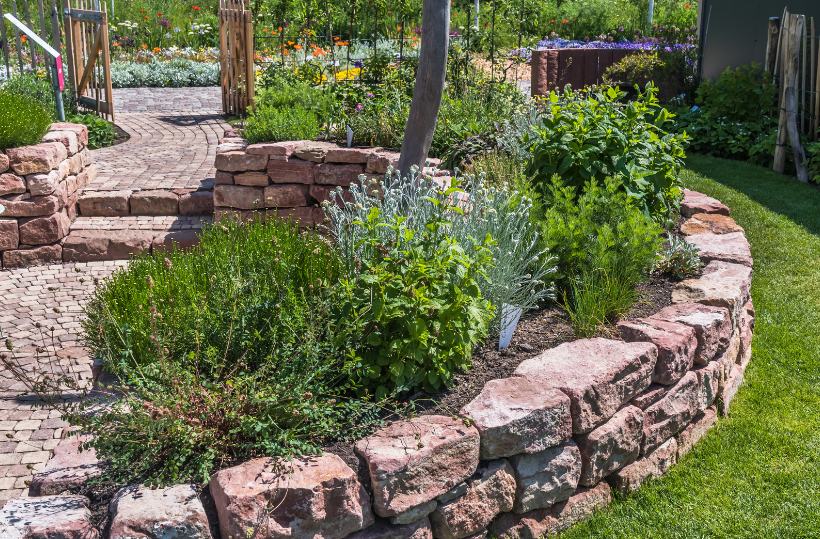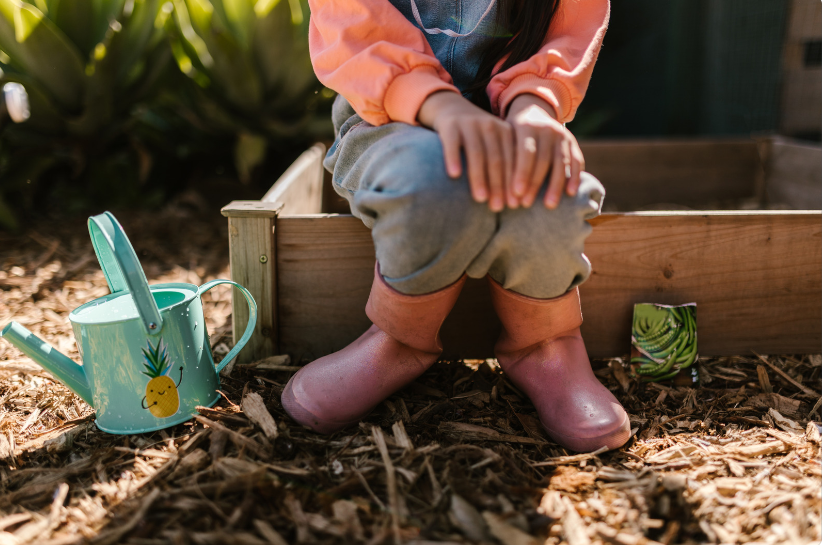Embracing Sustainability in Your Outdoor Living Space
Creating a sustainable outdoor living space isn't just a trend — it's a vital step toward reducing your environmental footprint and enhancing your home and community. By making mindful choices, you can transform your yard into a haven that supports local wildlife, conserves resources, and contributes to a healthier planet. Here are a few tips to help you get started on your journey toward a more sustainable backyard.
Embrace Native Plants
Native plants are the cornerstone of a sustainable garden. They are adapted to your local climate and soil, requiring less water, fertilizers, and pesticides compared to non-native species. By planting varieties that naturally thrive in your area, you'll attract local pollinators such as bees and butterflies, which are crucial for maintaining biodiversity. Research which native plants are suitable for your region and incorporate them into your garden design for a vibrant, low-maintenance landscape.
Implement Water-Saving Techniques
Water conservation is a key component of a sustainable backyard. Start by installing a rain barrel to capture rainwater from your downspouts. This harvested water can be used to irrigate your garden, reducing your reliance on municipal water supplies. Additionally, consider incorporating drip irrigation systems that deliver water directly to the plant roots, minimizing evaporation and runoff. Mulching your garden beds helps retain soil moisture, reducing the need for frequent watering. If erosion is a problem, consider having your yard graded to improve water retention and absorption.
Create a Composting System
Composting is an excellent way to reduce waste and enrich your soil. By composting kitchen scraps, yard clippings, and other organic materials, you can create nutrient-rich compost that enhances soil fertility. This reduces the need for synthetic fertilizers, which can be harmful to the environment. Set up a compost bin or pile in a convenient location in your yard and turn it regularly to speed up the decomposition process. Over time, you’ll produce valuable compost that can be used to nourish your plants and garden beds.
Foster Biodiversity with Wildlife-Friendly Features
Encouraging wildlife in your backyard not only supports local ecosystems but also adds beauty and interest to your garden. Create habitats by adding birdhouses, bat boxes, and bee hotels to provide shelter for various species. Planting a diverse range of plants, including flowering plants, shrubs, and trees, offers food and refuge for wildlife. Avoid using chemical pesticides and herbicides, as these can harm beneficial insects and wildlife. Instead, use natural pest control methods such as introducing predatory insects or using organic sprays.
Opt for Sustainable Landscaping Practices
When planning your landscape, choose materials that have a lower environmental impact. For instance, opt for permeable pavers or gravel instead of concrete for walkways and patios to allow water to filter through and reduce runoff. Incorporate hardscaping elements made from recycled materials or sustainably sourced wood. Additionally, consider replacing traditional lawns with ground covers or alternative grasses that require less water and maintenance. When hiring a landscaping contractor, choose a company like Dartmouth Landscaping that makes sustainability a priority!
Reduce, Reuse, and Recycle
Incorporate the principles of reducing, reusing, and recycling into your backyard projects. Repurpose old furniture or building materials to create unique garden features or structures. Use recycled materials for garden beds, fences, or trellises. By minimizing waste and making thoughtful choices, you can create a more sustainable and resource-efficient backyard.
Creating a sustainable backyard is a rewarding endeavor that benefits both the environment and your well-being. By making thoughtful choices about plants, water use, waste management, and materials, you can develop an outdoor space that is both beautiful and eco-friendly. Start small, and over time, your efforts will contribute to a healthier, more sustainable planet.
You might also like



